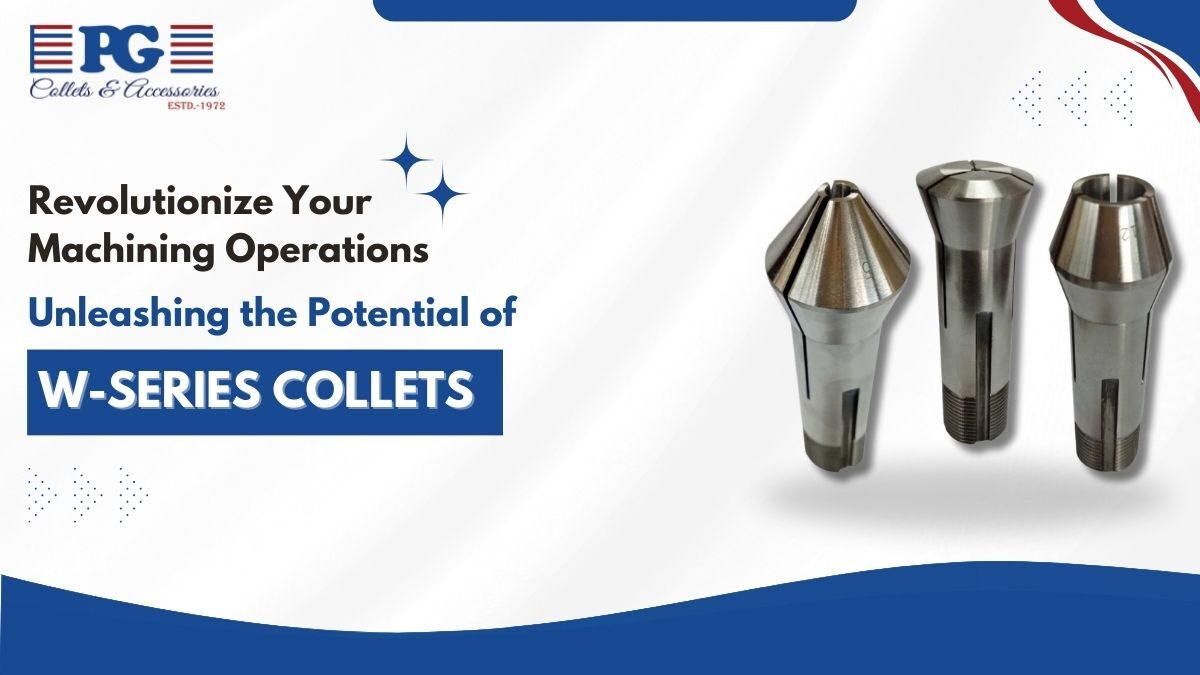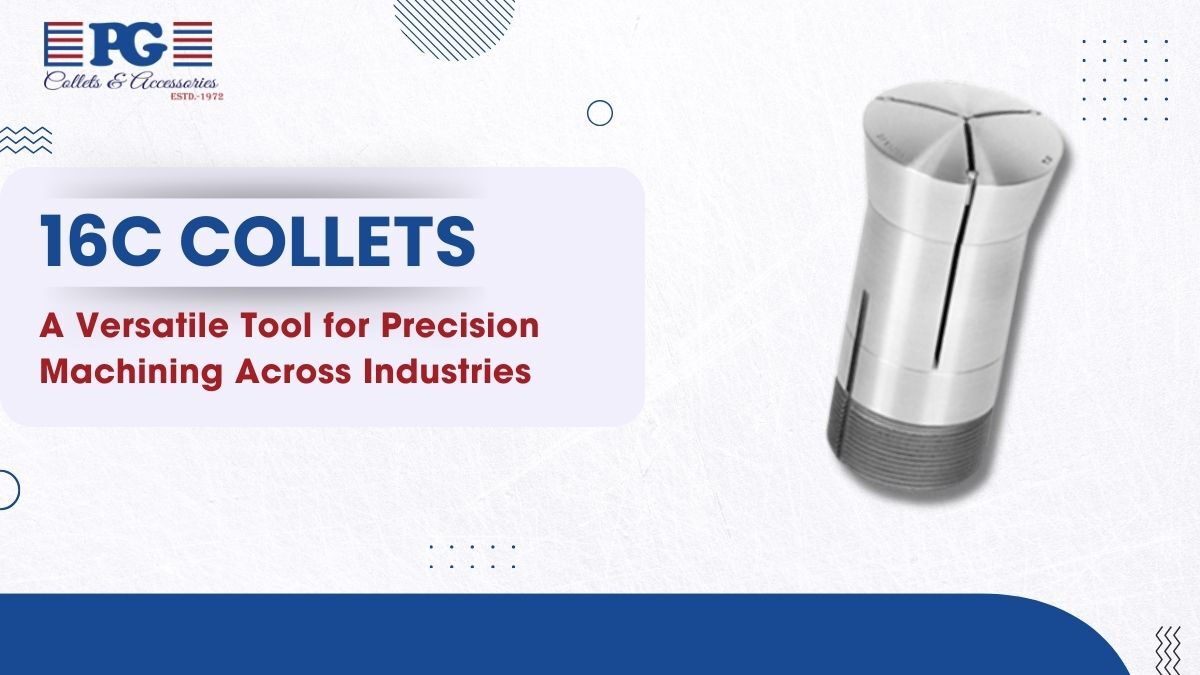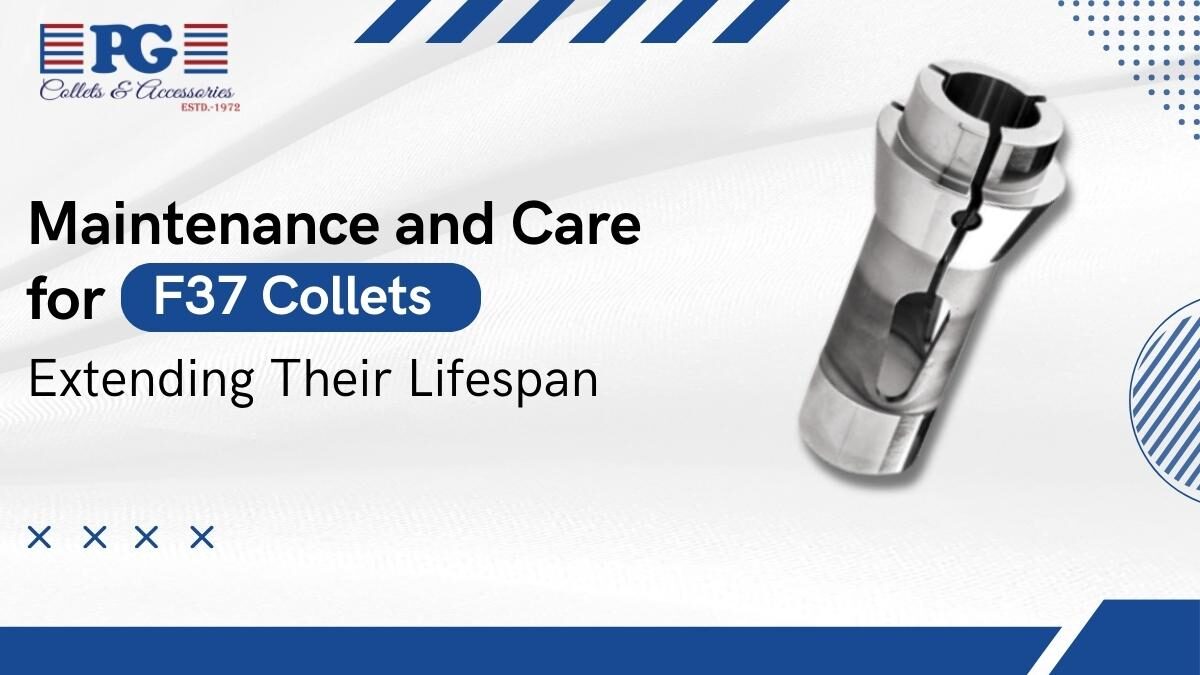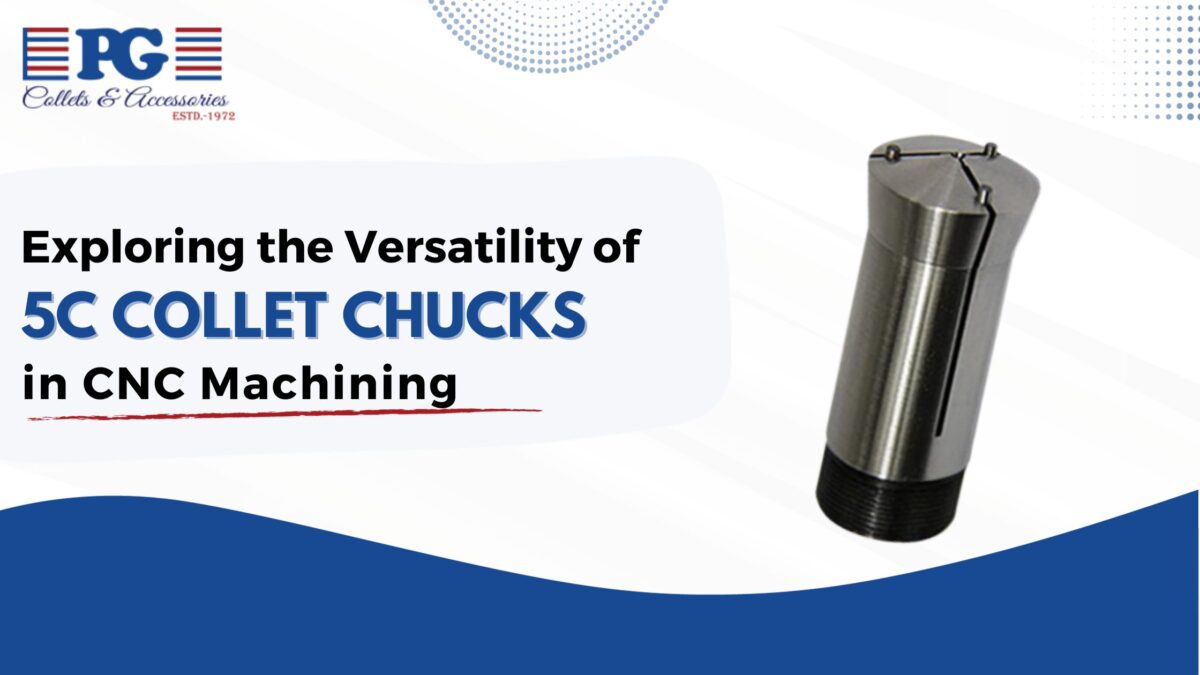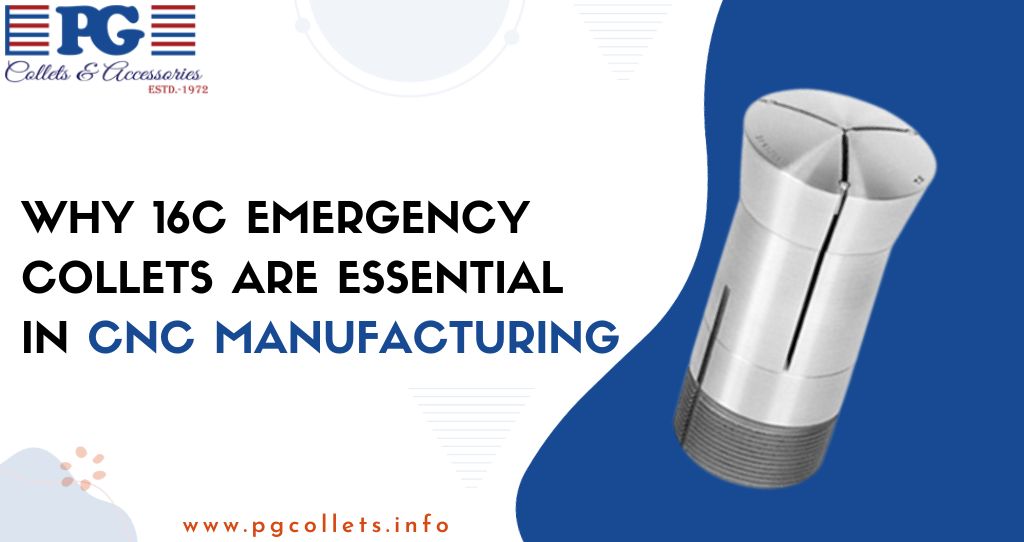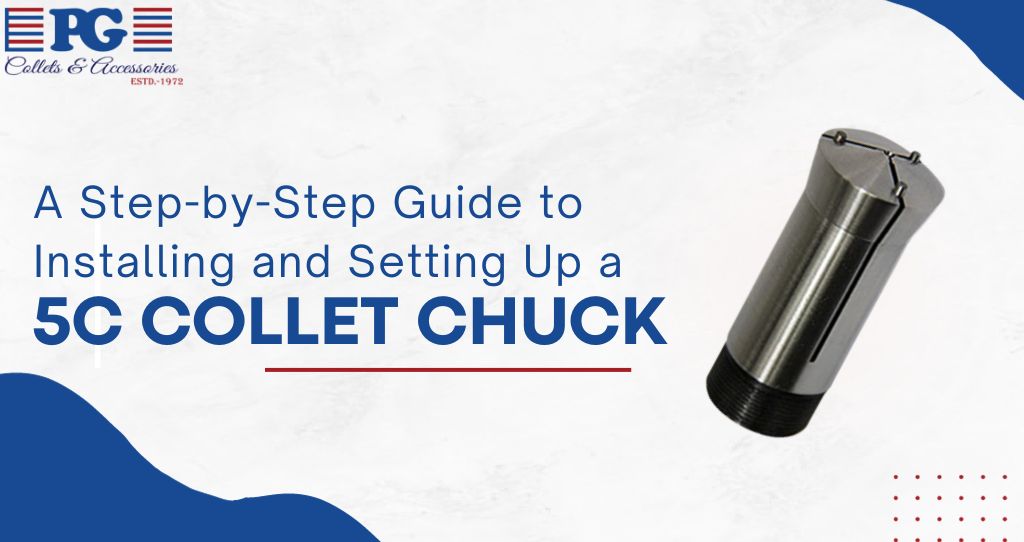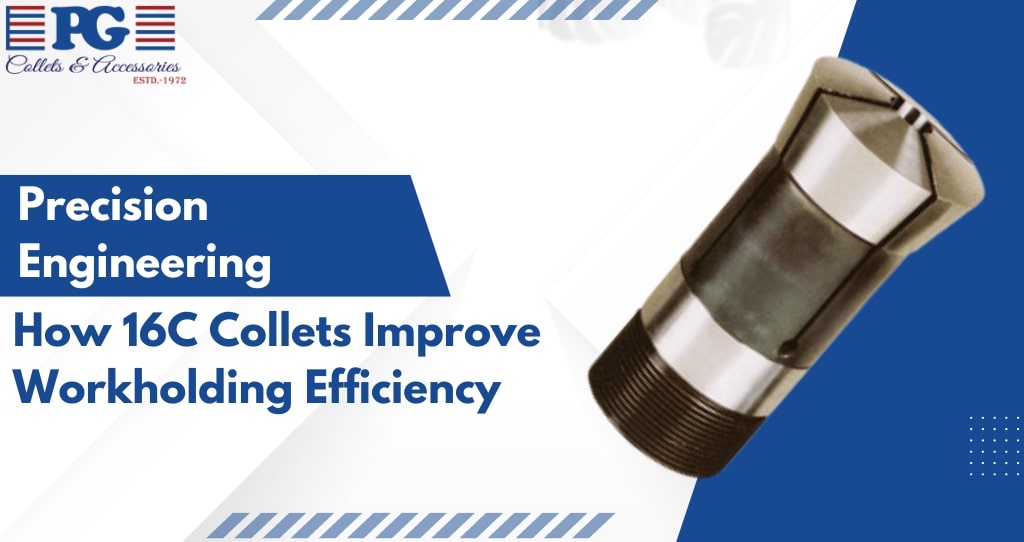W-Series Collets:- In the high-octane world of CNC machining, precision reigns supreme. Every cut, every turn, every interaction between metal and machine dictates the quality of your final product. And amidst this symphony of whirring spindles and flying chips, W series collets emerge as the unsung heroes, silently ensuring unwavering accuracy and unparalleled versatility.
But what exactly makes W-series collets so revolutionary? Buckle up, machining maestros, because we’re about to dive deep into the world of these remarkable precision tools.
What are W Series Collets?
W-Series collets are a type of collet chuck specifically designed for high-precision machining applications. They differ from traditional collets in several key ways:
- Superior accuracy: W-Series collets are manufactured to tighter tolerances, resulting in minimal runout and exceptional gripping force. This translates to consistently precise cuts and reduced scrap rates.
- Enhanced versatility: Available in a wide range of sizes and styles, W-Series collets can accommodate a diverse array of tooling, making them ideal for multi-axis machining and complex setups.
- Improved durability: Crafted from high-quality materials and boasting robust designs, W Series collets withstand heavy workloads and harsh environments, minimizing downtime and maintenance costs.
Unleashing the Potential of W-Series Collets
But the true magic of W Series collets lies in their ability to unlock a cascade of benefits that ripple through your entire machining operation. Here’s how:
- Boosted productivity: Reduced setup times, faster changeovers, and minimized rework thanks to the accuracy and versatility of W Series collets lead to significant productivity gains.
- Enhanced quality: Consistent precision translates to flawless workpiece finishes, reducing the need for post-processing and improving overall product quality.
- Lower operating costs: Extended tool life, reduced scrap, and minimized downtime due to the durability of W Series collets contribute to significant cost savings.
- Improved operator experience: Easier handling, quicker adjustments, and the confidence of working with reliable tools contribute to a more efficient and satisfying experience for your machinists.
Breaking the Mold: What Sets W-Series Collets Apart
Unlike their traditional counterparts, It can boast a unique design that shatters the mold of conventional collet limitations. They’re not just your average clamping devices; they’re game-changers, engineered to push the boundaries of machining efficiency and part quality.
W-Series Collets: Unleashing Precision and Versatility in Diverse Applications
W- series collets are not just your average clamping tools. They’re engineered for uncompromising accuracy, exceptional versatility, and robust durability, making them the go-to choice for a wide range of demanding machining applications. Let’s delve into the specific areas where W series collets truly shine:
1. CNC Machining:
- High-precision milling and turning: The superior accuracy of W series collets minimizes runout and ensures consistent, micron-level cuts, leading to flawless workpiece finishes and reduced scrap rates. (Image of CNC machining with W series collets)
- Multi-axis machining: Their wide range of sizes and styles caters to diverse tooling needs, making them ideal for complex setups and intricate machining tasks.
- Reduced setup times: Quick and easy tool changes thanks to the intuitive design of W series collets contribute to significantly boosted productivity.
- Tool Grinding:
- Precise tool holding: The tight tolerances and strong gripping force of W-series collets ensure secure and vibration-free tool holding during the grinding process, resulting in sharper and longer-lasting cutting tools. (Image of tool grinding with W-series collets)
- Versatility for various tool shapes: Whether it’s cylindrical shanks, ball noses, or end mills, this comes in configurations to accommodate a variety of tool geometries.
- Improved grinding accuracy: Minimized runout and tool movement translate to more precise and consistent grinding results.
3. Robotics and Automation:
- Reliable tool actuation: The robust design and dependable clamping mechanism of collets make them ideal for robotic applications where repeatability and accuracy are crucial. (Image of robotic arm using W-series collets)
- Fast tool changes: Automated tool changers benefit from the quick and easy handling of W-series collet, minimizing downtime and maximizing robot uptime.
- High-speed operations: The balanced design and minimal runout of W-series collet ensure smooth operation even at high speeds, critical for efficient robotic tasks.
4. Medical Device Manufacturing:
- Strict accuracy requirements: it meets the stringent accuracy demands of medical device manufacturing, ensuring precise machining of delicate components. (Image of medical device manufacturing with Wseries collets)
- Biocompatible materials: Certain W series collets are made from biocompatible materials, suitable for direct contact with medical devices and implants.
- Cleanroom compatibility: Some W series collets are designed for cleanroom environments, minimizing contamination risks during critical medical device production.
5. Aerospace and Defense Industries:
- High-strength materials: this collet is often manufactured from high-strength materials to handle the demands of machining aerospace and defense components. (Image of aerospace manufacturing with W series collets)
- Tight tolerances and repeatability: Consistent and precise clamping is essential for machining critical aerospace and defense parts, which W series collets deliver flawlessly.
- Durability under extreme conditions: The robust design of W-series collet withstands harsh environments and demanding machining operations common in these industries.
This is just a glimpse into the vast potential of W series collet. Their accuracy, versatility, and durability make them a valuable asset for various industries, enabling enhanced productivity, improved quality, and reduced operating costs. So, if you’re looking to elevate your machining game, consider unleashing the power of W series collets in your operations.
Remember, the specific applications for W series collets can vary depending on the type and size of the collet. Be sure to consult with your tooling supplier to determine the best W-series collet for your specific needs.


